Curriculum Mapping For Physical Education
PLT4M
JULY 18, 2023
The landscape of physical education has evolved significantly over the last decade and it is critical that PE teachers adapt accordingly. The purpose of this article is to assist PE teachers in exploring standards-based curriculum design that emphasizes a student-centered learning environment.

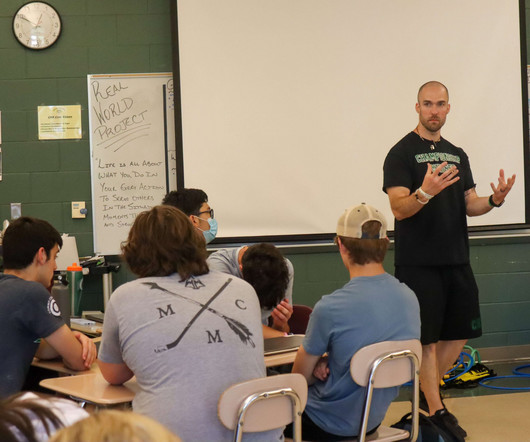
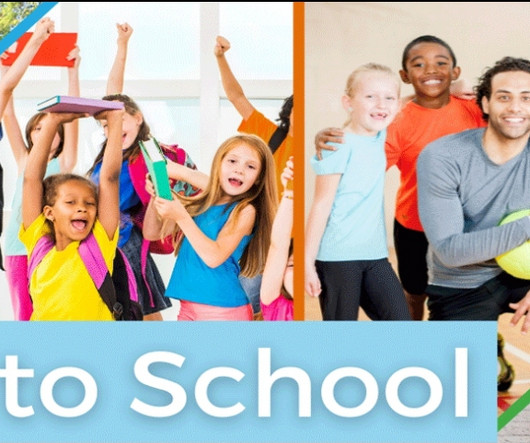
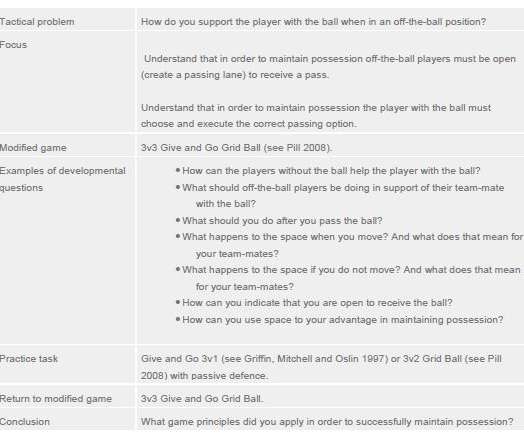
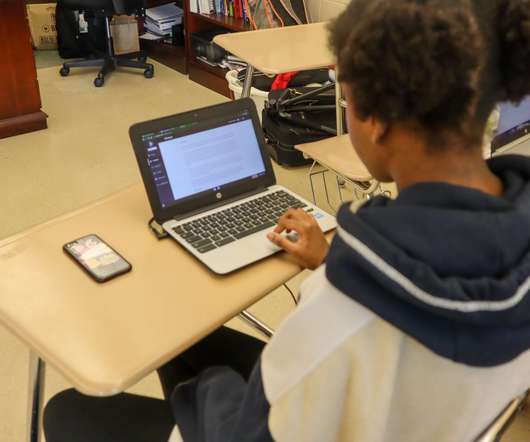
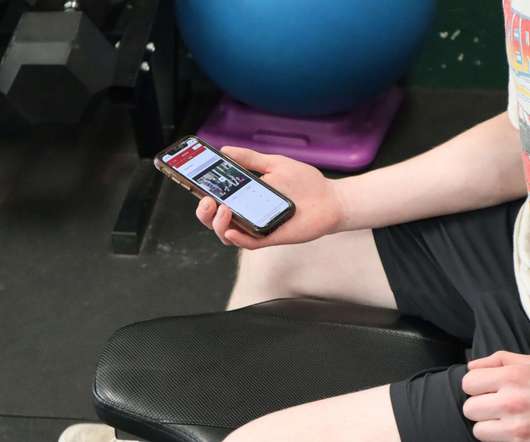
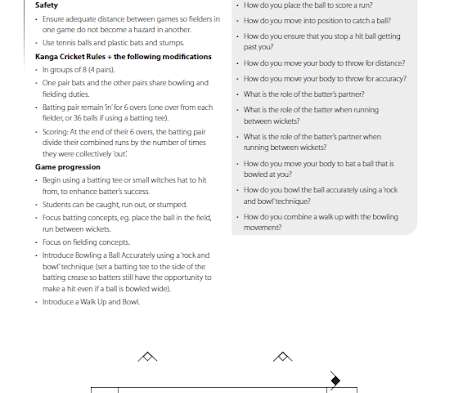






Let's personalize your content